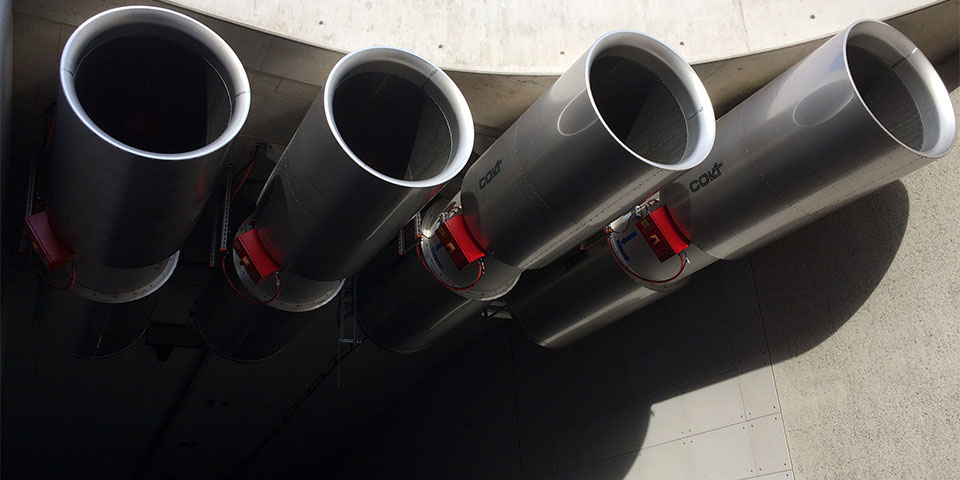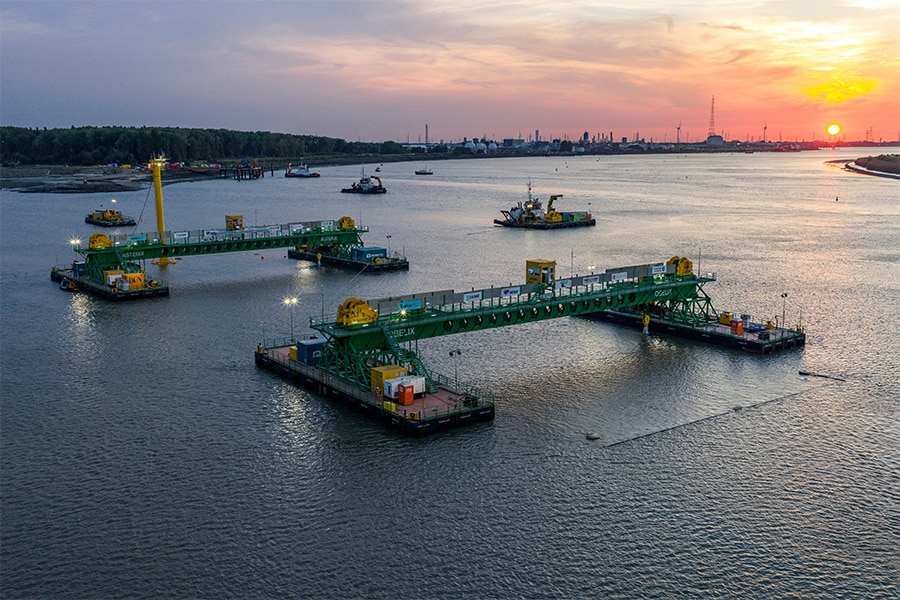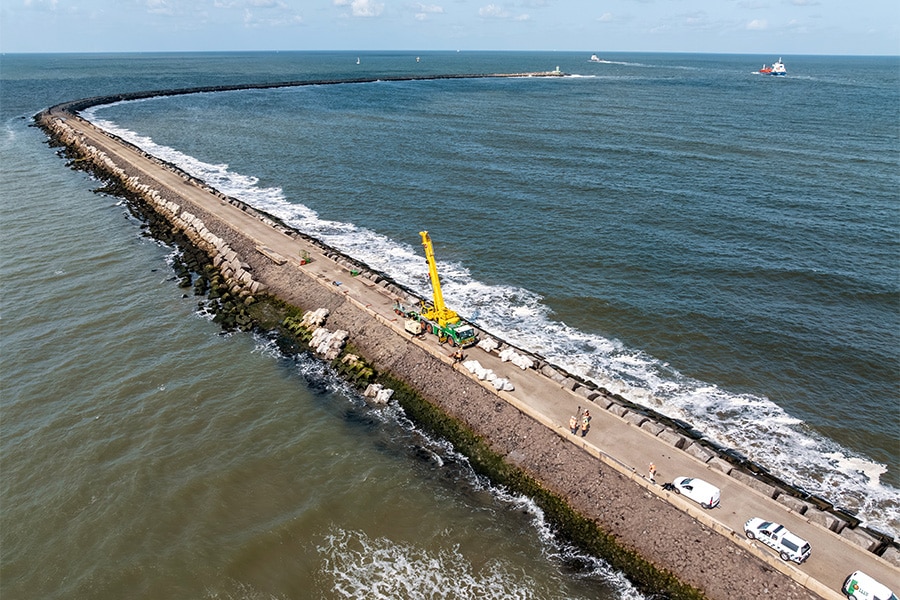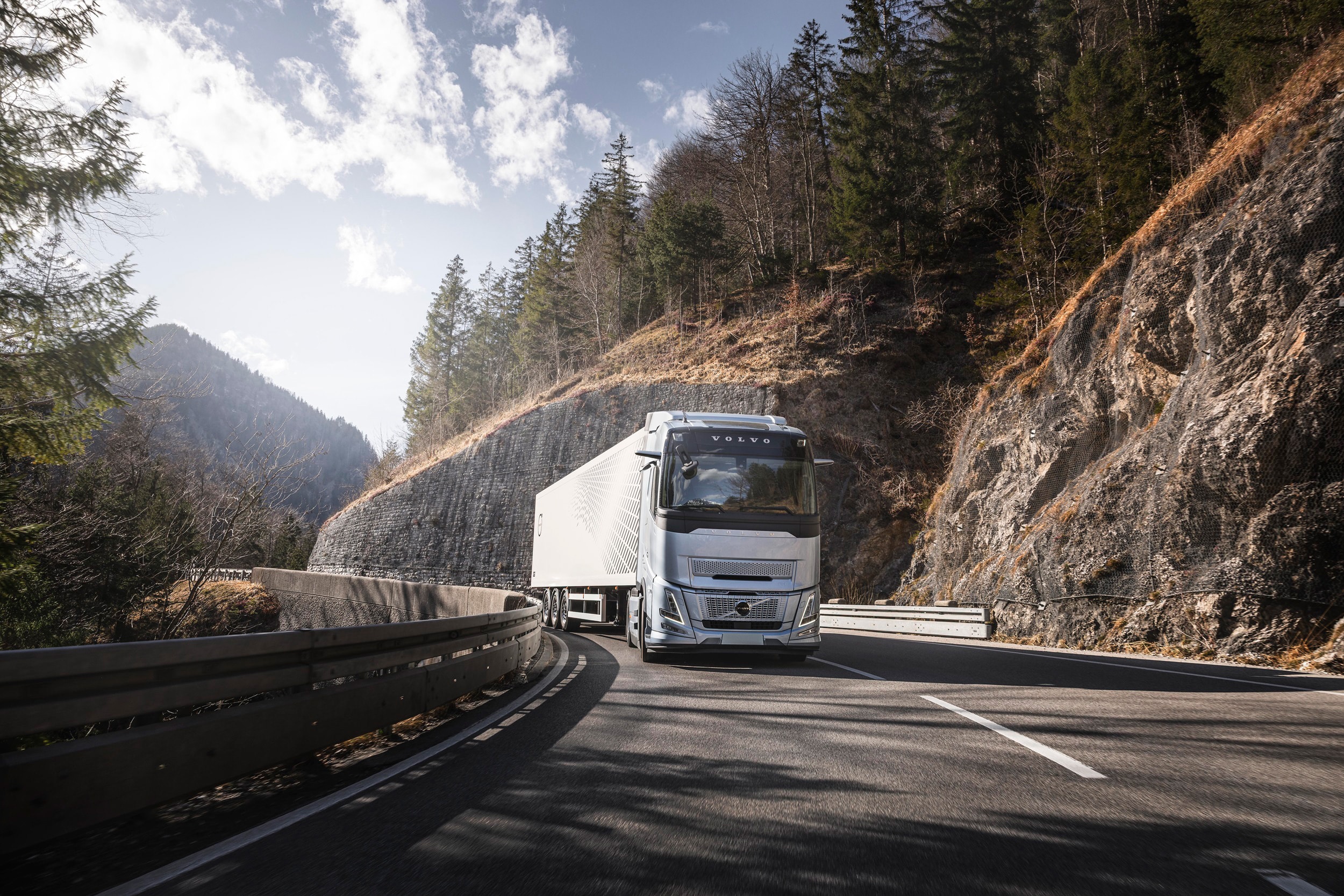
Computational Fluid Dynamics: certainty for everything in tunnel safety
A good Smoke Control System/Ventilation System is indispensable in tunnels, so that in case of calamities road users can safely escape from the tunnel and emergency services can safely gain access. Colt International BV has its focus on fire safety and supplies, among other things, solutions for smoke control in traffic, rail and metro tunnels.
Colt International designs and supplies the total combination of smoke control systems. These systems can operate by moving air, by overpressure, by exhaust (extraction) and by thrust (displacement). You see the latter used frequently in tunnels and parking garages. Such installations must be calculated. Basically, a ProTuVem calculation is used for this. For the first indication, this is good, but it has shortcomings. This is why Colt International validates ProTuVem designs with CFD, or "Computational Fluid Dynamics.

Thrust fans Spaarndammertunnel Amsterdam.
Optimize designs
As stated, the design of tunnel ventilation systems is generally done with ProTuVem. With this, probabilistic calculations are made, which, however, have a number of disadvantages. For example, ProTuVem does not take into account variations in geometry, nor the misalignment of cars, trucks and buses. It also does not adequately take into account how the fans should be mounted. For a first impression, however, ProTuVem is suitable.
To achieve optimization of a ProTuVem design, Colt International uses the CFD technique. Using CFD simulations, it is possible to make more accurate predictions regarding the effectiveness of the tunnel ventilation system.
But in addition, insights are also gained into, for example, the influence of roughness of the tunnel wall, the influence of recesses and the positive influence of fire-resistant cladding of the tunnel wall or ceiling. With CFD, it is possible to search for possible improvements or system optimizations. Colt International sees in CFD the best available method to predict (air) flows and transfer of energy for situations that do not (yet) exist. By doing this at a preliminary stage, expensive field tests are unnecessary.
Even more benefits
By using CFD, there are other advantages to be named. You can reduce the design time of a tunnel ventilation system. Practical tests are largely unnecessary and different situations can be simulated almost immediately, such as fire, type of traffic, outside temperatures, and so on. Ways of ventilation can also be tested. Think of longitudinal ventilation, transverse ventilation and semi-transverse ventilation and the amount of fans and/or exhaust ducts, location of the fans and method of suspension. Another great added benefit is that by working more efficiently, the imposed delivery date can be met. Because the ideal configuration is known in advance, you can budget properly. This way you know exactly what costs need to be incurred to meet the safety requirements.
These safety requirements for a tunnel ventilation design can be met more quickly because more reliable calculations can be made with CFD. A fire safety system should further have an inspection certificate issued by an ISO17020 type A accredited inspection body. This tests for the derived objective. The test can be carried out during the design phase, based on the CFD results. This significantly reduces the time required to obtain the certificate.



